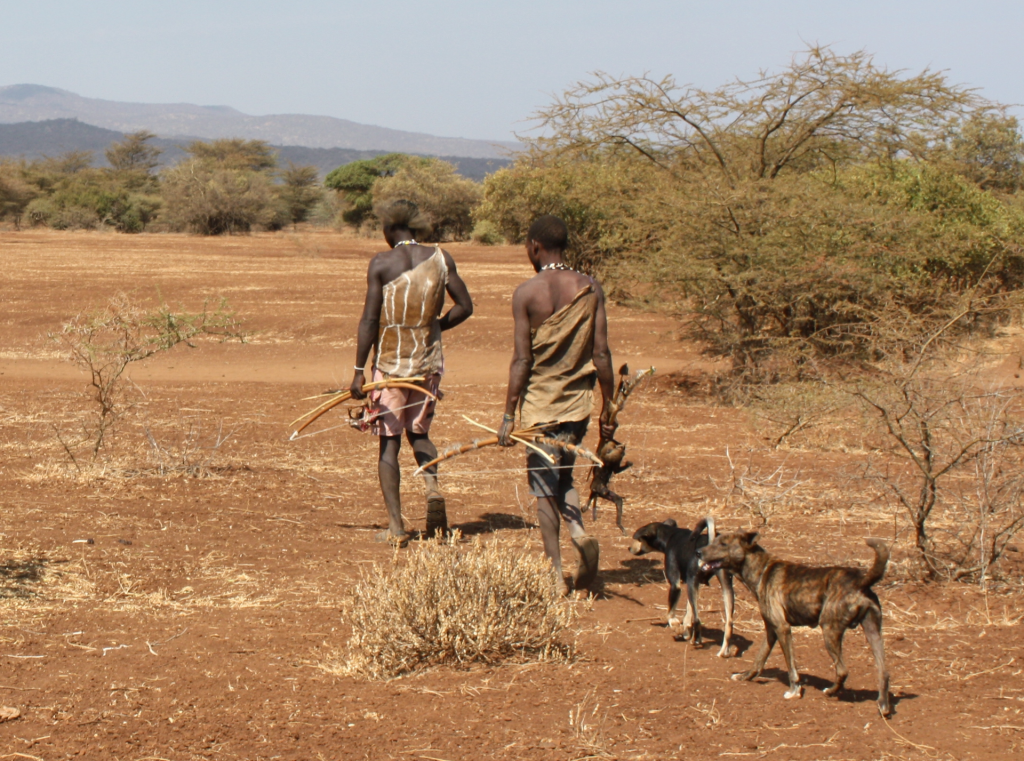Chapter 2: Anthropological Methods and Ethics
Chapter Objectives:
After completing this chapter, you should be able to
- Understand the scientific method.
- Distinguish between quantitative and qualitative methods and data.
- Explain the value and pitfalls of using population distributions when comparing groups.
- Describe how environment of evolutionary adaptedness (EEA) and ethnographic analogies allow us to hypothesize about human behavior in the past.
- Define and describe WEIRD societies.
- Explain the ethics of research and find the ethics statements of scholarly organizations.
Chapter Introduction
Anthropologists use a wide range of methods and data when doing research. Some methods are comparative or analytical, while others are simply seeking to describe. They may range from observations and measurements, to asking questions and recording changes in the state of humans and their environment. Regardless of the methods used, understanding the basic principles of science and reasoning are an important starting point.


